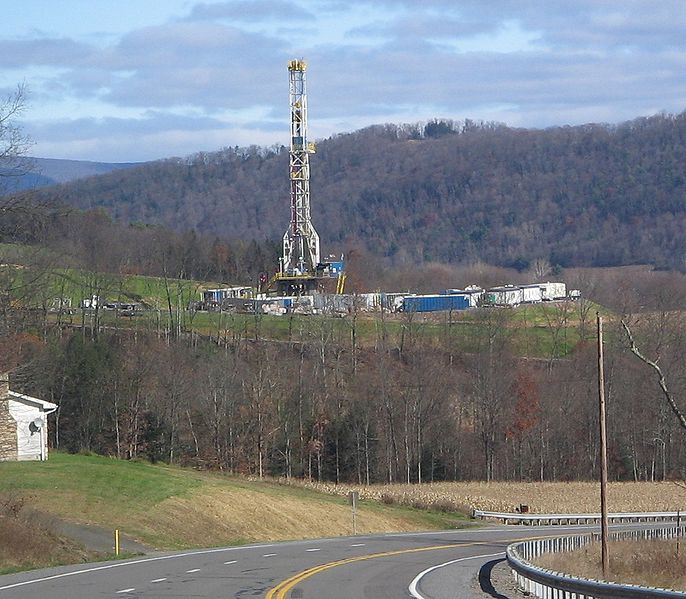Heads up: Plan for traffic and road closures this Sunday for Bay to Breakers.
Science News
Fracking Regulations
April 19, 2012

Hydraulic fracturing, or fracking as it's (not so) affectionately called, is so new that scientists and regulators are trying to keep up as the practice expands nationally. The technique involves the high-pressure injection of water, sand and chemicals into a shale bed, causing the rock to shatter, releasing natural gas. Air pollution and contamination to groundwater have become great concerns as the number of these wells has risen to 13,000 in just a few years.
But yesterday, the Environmental Protection Agency (EPA) announced new guidelines to capping the emissions fracking creates.
This is good news. Fracking is not pretty, reports the New York Times.
[It] releases toxic and cancer-causing chemicals like benzene and hexane, as well as methane, a powerful greenhouse gas.
Scientific American offers details of the new regulations:
The New Source Performance Standards will mandate that all new wells install "green" completions, technology that separates gas from liquid hydrocarbons from the flowback [waste] of wells to cut pollution.
Half of fractured wells already employ this technology and many say that saving this separated gas makes this a win-win for both the industry (more gas) and residents (cleaner air).
You can read more about the fracking politics at NPR; and KQED Quest offers some clues to “safe” fracking in California. Also, if you want to read about fracking earthquakes, check out this recent article from Reuters.
Earlier this year at the AAAS Meeting in Vancouver, BC, Charles Groat from the University of Texas in Austin presented his findings surrounding fracking groundwater contamination issues.
While his study demonstrated that hydraulic fracturing has no direct connection to reports of groundwater contamination, the researchers did concede that the wastewater from fracking does cause contamination in above-ground spills or other mishandling of wastewater.
Perhaps these new regulations will help prevent this contamination, as well.
Image: Ruhrfisch/Wikipedia